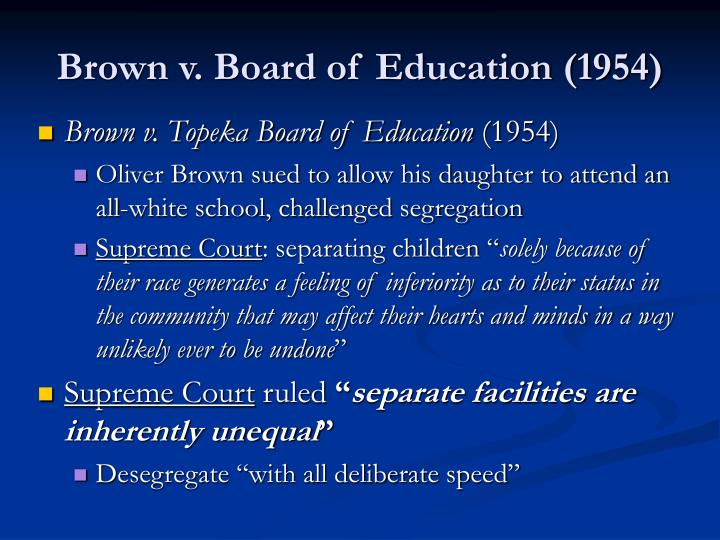
But as the Civil Rights Movement gained momentum, he came to see the broken promise of equal justice in America as a matter of moral urgency. In the decade after the Supreme Court ruled, two Presidents, Eisenhower and Kennedy, would have to federalize the National Guard or send federal troops to three states, Arkansas, Mississippi and Alabama to confront this massive resistance to federal court orders to desegregate the public schools of Little Rock and the Universities of Mississippi and Alabama.Īt first, President Kennedy was cautious, fearful of losing his democratic base in the South. Throughout the country, there was resistance, often massive resistance as you will hear and often backed by political leaders and battle after battle would have to be fought to overcome it.

With the decision in Brown, the war against segregation began but did not end in the courts. Separate educational facilities are inherently unequal." All nine justices stood behind the opinion of Chief Justice Earl Warren, who declared, and I quote, "The doctrine of separate but equal has no place. The court left no doubt about what it was doing. Long overdue, this decision marked the first great victory of the civil rights movement.

JOHN SHATTUCK: On May 17, 1954, exactly 50 years ago today, the United States Supreme Court confronted the institution of racial segregation in our public schools, and it ruled unanimously that segregation was unconstitutional.


 0 kommentar(er)
0 kommentar(er)
